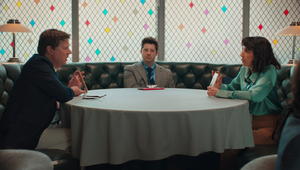
Jean-Clément Soret Returns to Rage Virus World to Colour Grade 28 Years Later

In 2002, renowned colourist Jean-Clément 'JC' Soret (Andor, Paddington in Peru) performed the colour grading for director Danny Boyle's ground breaking zombie horror feature 28 Days Later, which was shot by internationally respected cinematographer Anthony Dod Mantle, ASC, BSC, DFF using the prosumer DV format - a highly unusual choice at the time for a theatrical feature, particularly for one with such scope.
Jean-Clément recently re-teamed with the same filmmakers to colour the equally ground breaking 28 Years Later. The hugely successful follow-up from Sony Pictures stars Aaron Taylor-Johnson, Jodie Comer, and Ralph Fiennes in the world of stealthy zombies and the spreading Rage Virus. This time, despite being released in the epic 2.76:1 aspect ratio used for 70mm films such as Oppenheimer, the film was shot primarily with iPhones and mid-tier drones.
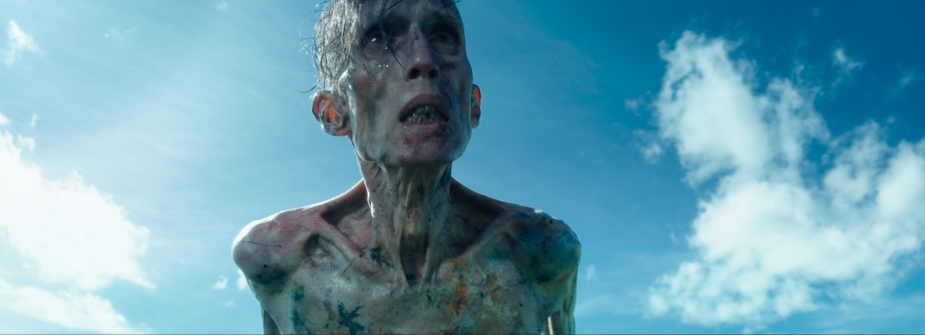
A Long, Fruitful Creative Collaboration
Jean-Clément has collaborated with Danny and Anthony on many projects over the years. Of Boyle, the colourist enthuses, “It's a dream to work with because he's very open-minded, open to ideas. At the same time, he knows what he wants, and if something doesn't work, we can speak frankly and directly about how to improve it."
"JC is the 'final lens' on a film," Danny explains. "The finisher! But he doesn't just polish – he perfects. On this one, our particular challenge to him was: a world of many colours, but all of them are green."
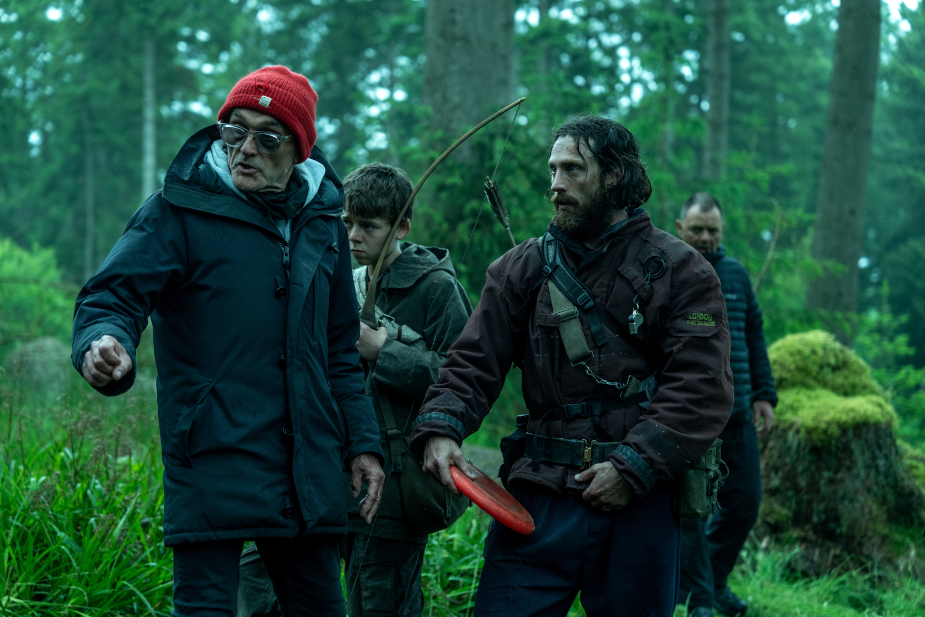
Anthony agrees, noting that perfecting the look of that particular hue can be challenging, and was even more so in the first of the Days films. "Green (the colour of my own eyes) gives me so much pleasure in real life, whilst green on digital image capture tortures me to the bone."
"We instinctively always try to control the amount of green when shooting in nature as it quickly overtakes everything else," Jean-Clément notes, "but on this film, we wanted to convey the idea that nature had taken over a world that was abandoned 28 years ago, so we pushed a variety of green hues to almost unrealistic levels."
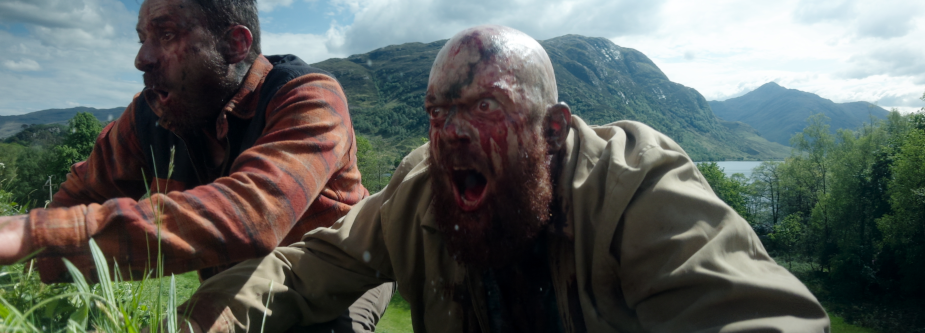
Anthony sees Jean-Clément as the perfect artist to refine the imagery's colour. "I agree JC is the 'final lens' to our process...of a non-aberrational kind," he laughs. "One can call it 'finishing,' but I prefer 'starting! So much of the final feeling," he explains, "is refined during the [colour grading] process."
Shot Primarily with iPhone 15s
Anthony, whose early work on Danish Dogme 95 films such as Dogville and Dear Wendy, shot with low-tech cameras, has always enjoyed experimentation with all types of camera gear to capture story and emotion. He complemented the iPhone imagery for 28 Years Later with clever uses of unusual lens mounts, allowing him to employ a wide variety of unconventional optics to create specific effects. He had special mounts created that allowed him to shoot with up to 20 iPhones at once and capture major action quickly, even in public spaces, to an extent that would have been prohibitive with traditional equipment.
Jean-Clément describes the imagery as it came in from the iPhones. "It has some softness and its own limitation, but it gave the film its own look of almost fragility." While much of Jean-Clément's job as a colourist is about 'fixing' images and smoothing out imperfections, here, the aesthetic called for a different attitude. "We had clipped highlights sometimes, and when you hit the low end of the exposure, it got a bit noisy, but there's a beauty to that look, and we embraced it."
In fact, some of the limitations of dynamic range, camera stability, focus, and artifacts were so integral to the look, "that we added some of those things when they weren't in the original material. Everything in the image is intentional and the result of an artistic choice; the main challenge was to adopt a different way of thinking. I am used to making things beautiful, but this time, it was about making images feel raw and rough."
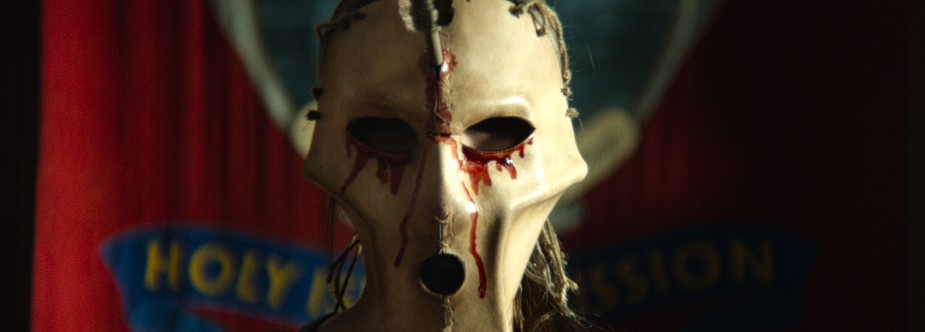
The imagery, he notes, was robust enough to push particular elements in specific directions without falling apart. "We did a lot with the red of blood," he recalls, "and with skin tones, highlighting certain details to augment their impact further.
"Sometimes," Jean-Clément adds, "the iPhone sensor, combined with the unusual lenses, could be a bit jarring. So, we worked a lot in the grade on various textures - sharpening, using defocus, and adding digital noise. Hopefully, the audience will never know what was added and what was in the original material."

Jean-Clément additionally made use of tools that weren't available when grading 28 Days Later or certainly weren't around in today's sophisticated form. "We did a lot of reframing, adding camera shake, stabilising shots, sharpening or defocusing shots to add even more dynamic elements to the images that they wished they had been able to do on the shoot. It was all about whatever works for the narrative."
For Jean-Clément, 28 Years Later was both an exciting reminder of his first collaboration with Danny and Anthony and an exhilaratingly creative endeavour in its own right. "Most of the time as a colourist, you're being asked for technical perfection, you're expected to 'improve' things, and on this film, it wasn't at all about making things pretty or sharp or even consistent. It's about helping create this sense of chaos, and that meant rethinking the way I work."










